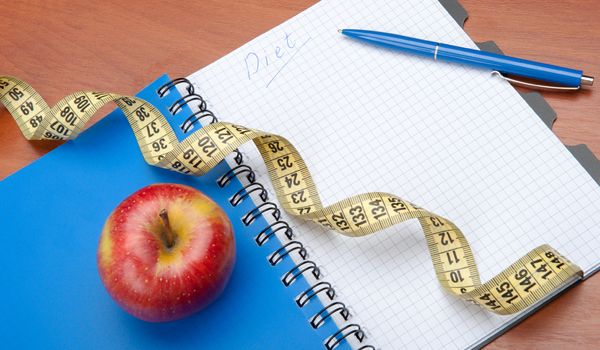
Can Apple Health Change Behavior? (Op-Ed)

Dr. Jim Lebret is an assistant professor of medicine at NYU Langone Medical Center/Bellevue Hospital center. He contributed this article to Live Science's Expert Voices: Op-Ed & Insights.
As an early adopter of medical technology, I wanted to cheer when I heard Apple had announced its new Health app, which is designed to collect and organize health-related information from other apps on an iPhone. It's "an easy-to-read dashboard" of health and fitness data, such as heart rate, blood sugar and miles walked.
But, as a doctor, I asked, "Will this save lives?" For the moment, the answer is no.
People are limited by their own health-behavior issues. Most people are motivated to eat well and work out, but good intentions aren't enough.
"You need motivational support to turn intention into action," said David Conroy, a professor of kinesiology at Pennsylvania State University in an interview with me. His current study in The American Journal of Preventive Medicine, conducted with colleagues at Penn State, examined more than 150 of the most popular exercise apps.
Most of the apps Conroy studied demonstrate how to properly perform a workout, which is great if you've taken the initiative to locate a gym, buy a membership, set aside time and show up to exercise. But, according to the U.S. Centers for Disease Control and Prevention (CDC), 80 percent of Americans never make it that far — especially those most in need of healthy habits, such as the elderly, the sick and the poor.
I tried to imagine my former patient, Linda, using Apple's Health app. When I first met Linda in my residency clinic, she was 62. She had a mop of brown, curly hair; a boisterous personality; and uncontrolled diabetes. She'd recently had her first heart attack.
Sign up for the Live Science daily newsletter now
Get the world’s most fascinating discoveries delivered straight to your inbox.
Linda wolfed down a Whopper and fries during her first visit. I asked her to see a nutritionist and to walk 15 minutes each day. "They're on my to-do list," she said, but her three sons and a job as a human resources manager always distracted her.
"Once people learn the importance of a healthy behavior, they often intend to use that behavior, but struggle to translate knowledge into action," Conroy told me. Behavioral scientists acknowledge this disconnect, known as the intention-behavior gap, and have developed strategies to bridge the gap. [Understanding the 10 Most Destructive Human Behaviors]
But building a successful behavioral-change app is not easy. An ideal exercise app for Linda would have to first assess her readiness to change and then offer several things:

- Action planning (a detailed list of actions required to reach the gym);
- Feedback on her workout performance;
- Rewards for working out regularly;
- Relapse anticipation plans and, importantly;
- Social support from her friends.
Far too few exercise apps use those techniques.
"There are decades of research on how to change behavior — it seems silly not to capitalize on it," Conroy said.
Some will suggest that Apple's Health app could bring attention to poor health behaviors, spurring Linda and others to act. However, current apps do not address common issues, like denial and relapse, that led to their health decline. In addition, Apple largely caters to those who have already taken steps to change their lives — not the vast majority of people who stall at the vague insight, "I should do something about this gut."
But there is hope. This situation, though daunting, is also an opportunity. A valuable niche is open for talented developers and clinicians who can leverage scientifically verified behavior modification programs and find a way to turn those techniques into apps that will motivate individuals like Linda to hurdle the obstacles between the couch and the gym.
Follow all of the Expert Voices issues and debates — and become part of the discussion — on Facebook, Twitter and Google +. The views expressed are those of the author and do not necessarily reflect the views of the publisher. This version of the article was originally published on Live Science.












